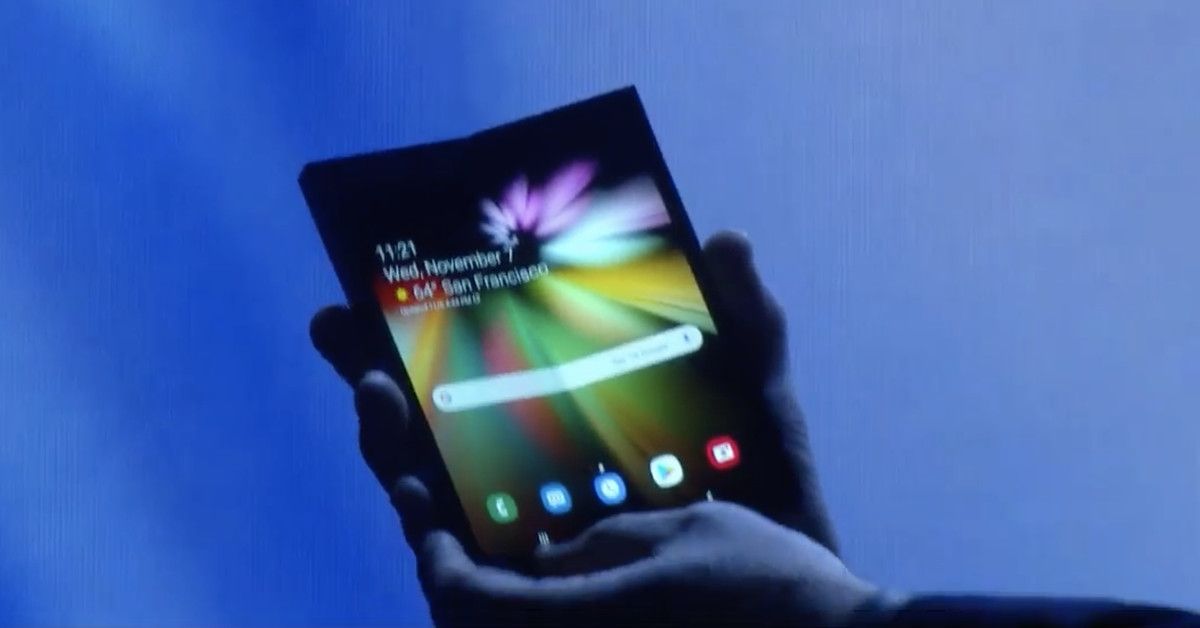With nothing but a smartphone and some clever computation, researchers can exploit ambient signals to track individuals in their own homes.
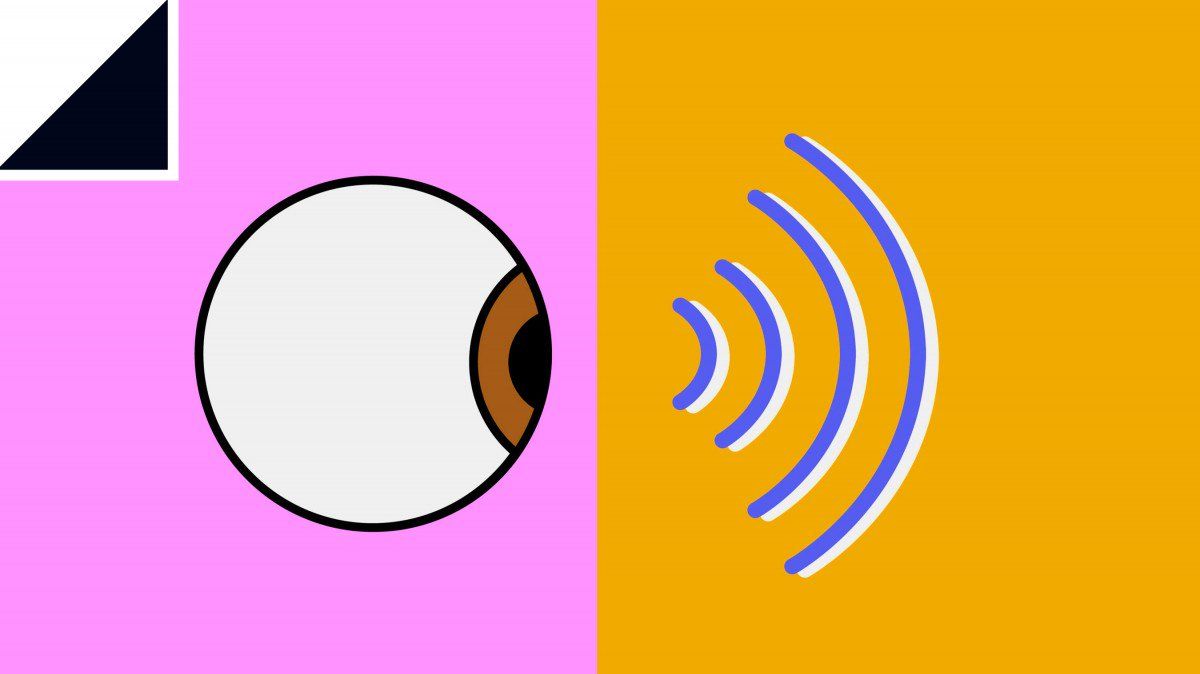

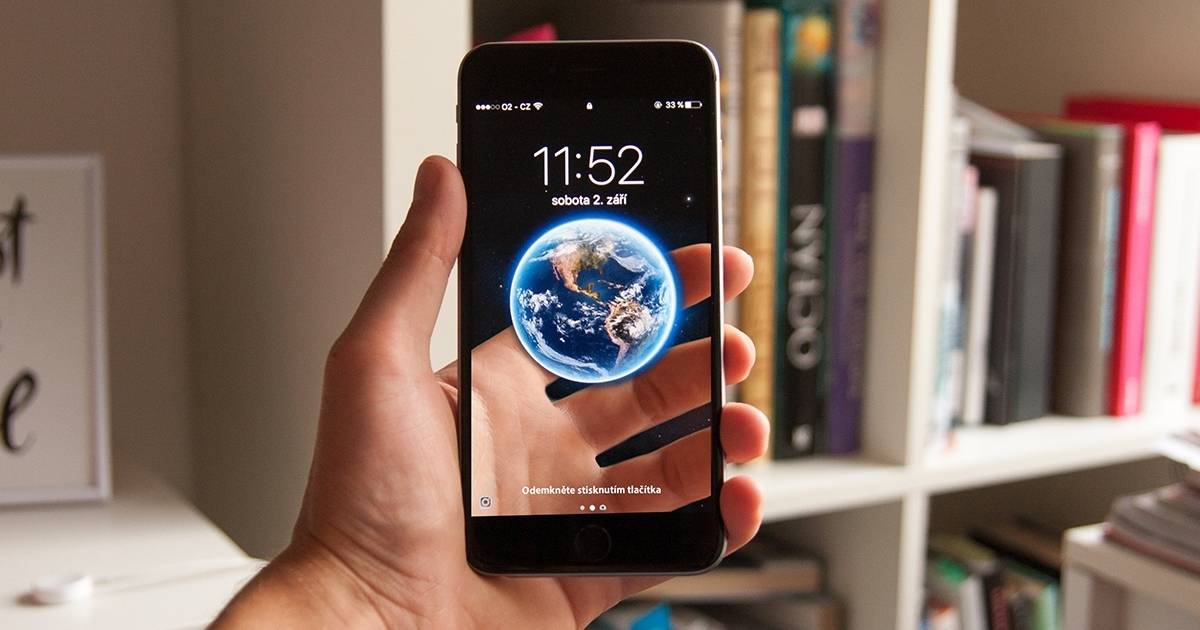
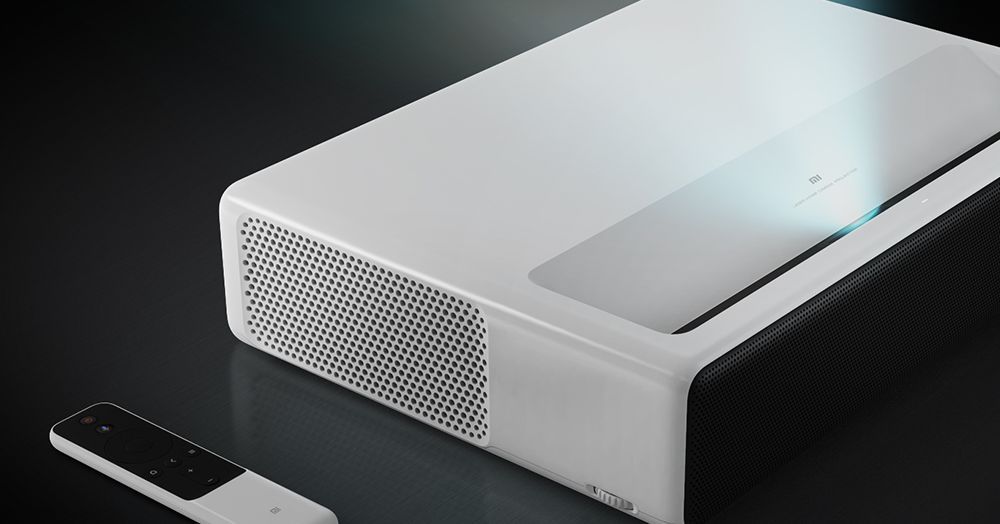
Xiaomi has a couple of new products out in Walmart and gave press the rundown today at an event in New York City. The first is a 150-inch laser projector going for $1,999.99 at Walmart doubles up as a television with Android TV. It may seem overpriced for what it is, but it also marks one of Xiaomi’s infrequent expansions into American offerings.
There are a couple of things to break down here, namely that projector is oddly expensive for a 1920 × 1080p screen. Xiaomi says it has no concrete plans to bring a 4K version to the US, and that this is the same model it’s sold in China. You could have found cheaper 1080p projectors back in 2016.
Still, the laser projector has a number of positives including an ultra-short throw, so it can be placed 20 inches from the wall and still display a bright, colorful image, in contrast with other projectors that might need to be placed at the back of a room and show a more faded image. There’s also a detector on top of the projector so if you get too close to the laser, the projector will shut off its light automatically to prevent you from damaging your eyes. The device also comes with a corresponding remote control with which you can summon Google Assistant.
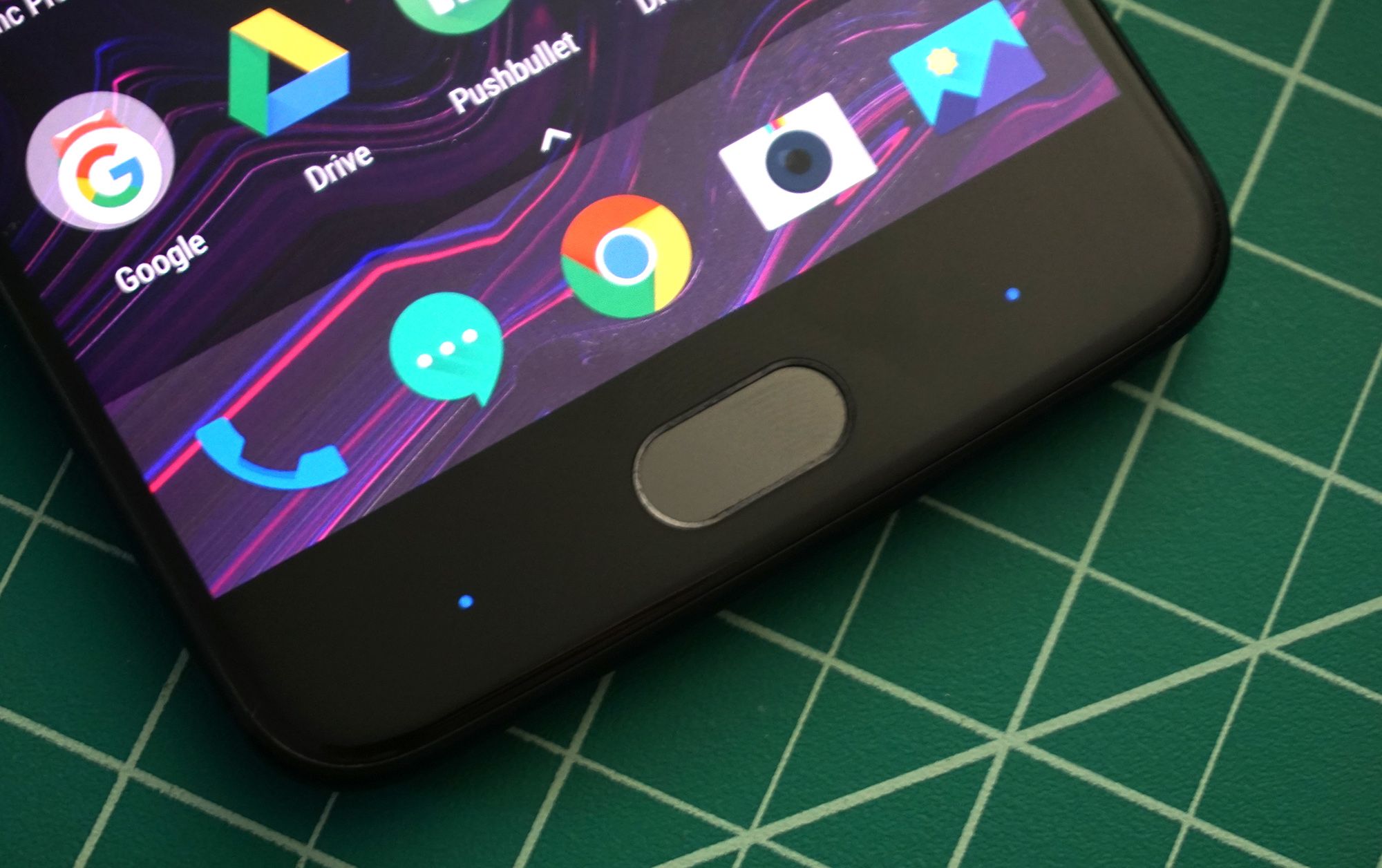
Biometric features like fingerprint sensors and iris scanners have made it easier to securely unlock phones, but they may never be as secure as a good old-fashioned password. Researchers have repeatedly worked out methods to impersonate registered users of biometric devices, but now a team from New York University and the University of Michigan has gone further. The team managed to create so-called “DeepMasterPrints” that can fool a sensor without a sample of the real user’s fingerprints.
Past attempts to bypass biometric systems usually involve getting access to a registered individual’s data — that could be a copy of their fingerprint or a 3D scan of their face. DeepMasterPrints involves generating an entirely new fingerprint from a mountain of data that’s close enough to fool the sensor. Like so many research projects these days, the team used neural networks to do the heavy lifting.
The process started with feeding fingerprints from 6,000 people into a neural network in order to train it on what a human fingerprint looks like. A neural network is composed of a series of nodes that process data. It feeds forward into additional “layers” of nodes if the output meets a certain threshold. Thus, you can train the network to get the desired output. In this case, the researchers used a “generative adversarial network” to tune the system’s ability to generate believable fingerprints. The network used its understanding of prints to make one from scratch, and then a second network would determine if they were real or fake. If the fingerprints didn’t pass muster, the network could be re-tuned to try again.


It’s imperative that Humanity understands the reality of warfare in these times when advanced and secret technologies are used against us on a daily basis.
From WiFi and cell phone frequencies to televisions and microwave ovens on up to the most exotic sonic weapons—it’s all disruptive and even lethal to the Human body and mind.
Because these weapons are silent and invisible, the war-loving aspects of society have been able to experiment with these methods for decades but the time for secrecy and these covert attacks on the life on our planet has come to an end.
What harm does it do? We can see the carnage if we will just look. Whales and dolphins washing up by the hundreds on beaches, bleeding from their ears, flocks of birds falling from the sky with no outward trauma, multiple forms of cancer rampant… it’s endless.

Anarchy AI ✌️😆
There’s a big new feature for iPhone experts this year: It’s an app called Shortcuts, and with a little bit of logic and know-how, you can stitch together several apps and create a script that can be activated by pressing a button or using Siri.
Some early uses are predictable, like saving Instagram photos, sharing the song you’re listening to, or creating a morning routine that activates your lights and plays a song.
But Robert Petersen of Arizona has developed a more serious shortcut: It’s called Police, and it monitors police interactions so you have a record of what happened.
